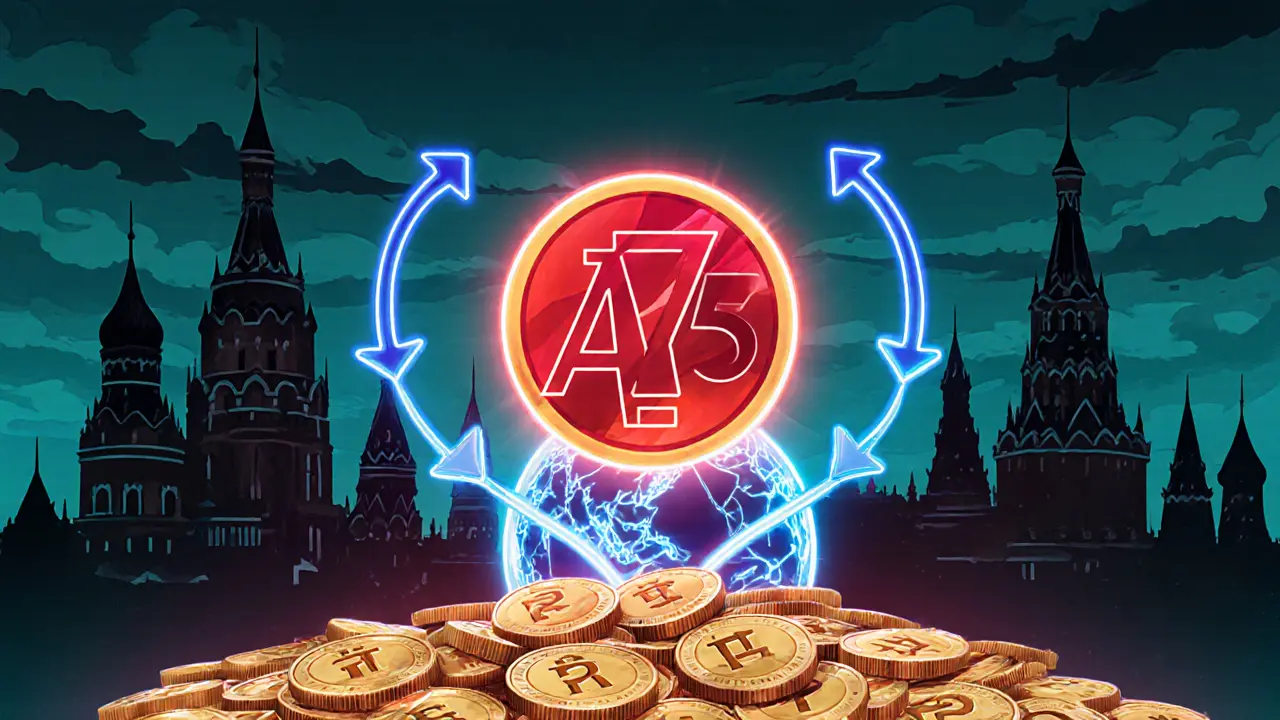Sanctions Bypass in the Crypto World
When dealing with sanctions bypass, the practice of evading international financial restrictions using blockchain tools. Also known as crypto sanctions evasion, it often involves no‑KYC exchanges and sophisticated blockchain analytics to hide transaction trails.
Sanctions bypass encompasses the use of platforms that skip identity checks, allowing sanctioned actors to move value without triggering traditional compliance screens. This link between evasion tactics and regulatory blind spots creates a cat‑and‑mouse game where each new loophole spurs a fresh enforcement response.
One key player in this arena is the no‑KYC exchange. These services let users trade with minimal paperwork, which lowers barriers for legitimate privacy‑focused traders but also opens the door for bad actors to slip through sanctions lists. Because they lack robust Know‑Your‑Customer procedures, they become the preferred landing zone for funds that need to stay off the radar.
To stay hidden, evaders turn to advanced blockchain analytics tools. By mixing coins across multiple chains, using privacy mixers, and timing transactions to avoid peak monitoring periods, they make it harder for investigators to draw a clear money trail. This technical arms race means every new analytic method forces evaders to adapt their tactics.
Regulatory bodies respond with tighter enforcement measures. Governments issue sanctions lists, launch operations targeting illegal platforms, and demand more data from exchanges. The result is a feedback loop: stricter enforcement drives more creative bypass techniques, which in turn push regulators to expand their toolkit.
Another layer of complexity comes from the intersection of sanctions bypass with ransomware financing. Cybercriminals often need to cash out quickly, and they gravitate toward the same no‑KYC venues that help sanctioned entities. This overlap means that stopping one vector can inadvertently affect legitimate privacy‑focused users, raising ethical and policy questions.
Overall, understanding sanctions bypass requires looking at three moving parts: the platforms that enable anonymity, the analytics that try to pierce that veil, and the regulatory actions that shape the battlefield. Each component influences the others, forming a dynamic ecosystem where change in one area ripples across the whole space.
Below you’ll find a curated collection of articles that break down specific cases, explain how enforcement operations unfold, and offer practical tips for spotting potential bypass activity. Dive in to see how the concepts discussed here play out in real‑world examples.
Russia’s Crypto Playbook: How Digital Tokens Bypass Western Sanctions
Explore how Russia leverages the A7A5 token, Grinex exchange, and Kyrgyz banking links to dodge Western sanctions, and see what regulators are doing to stop it.
read more

